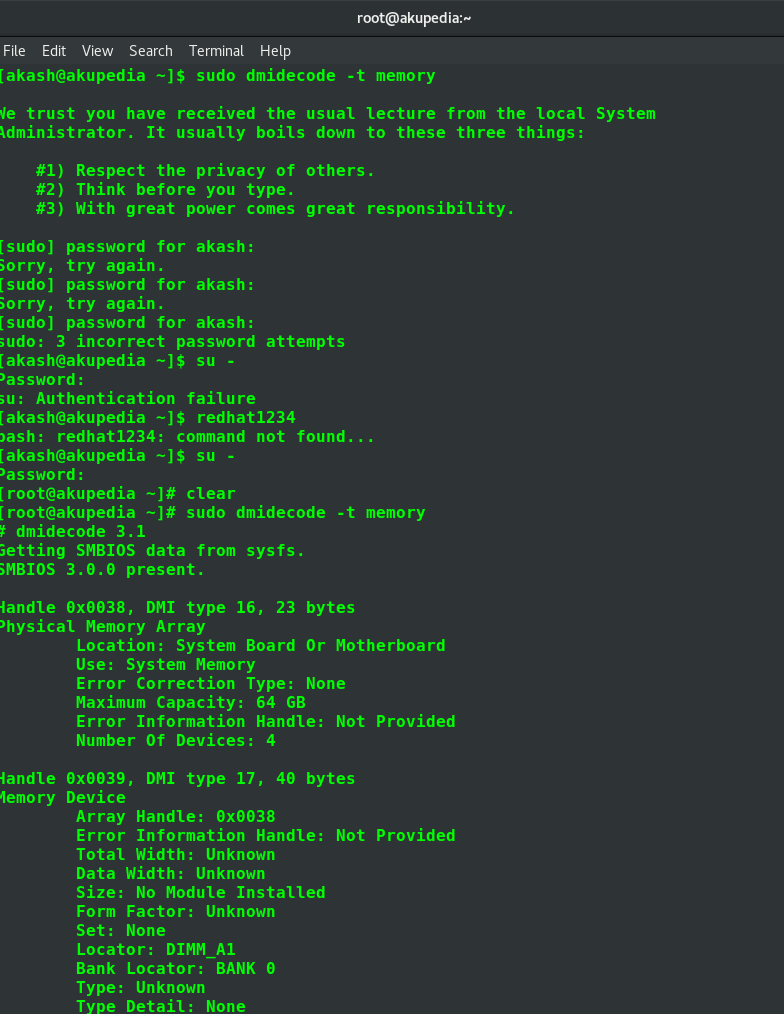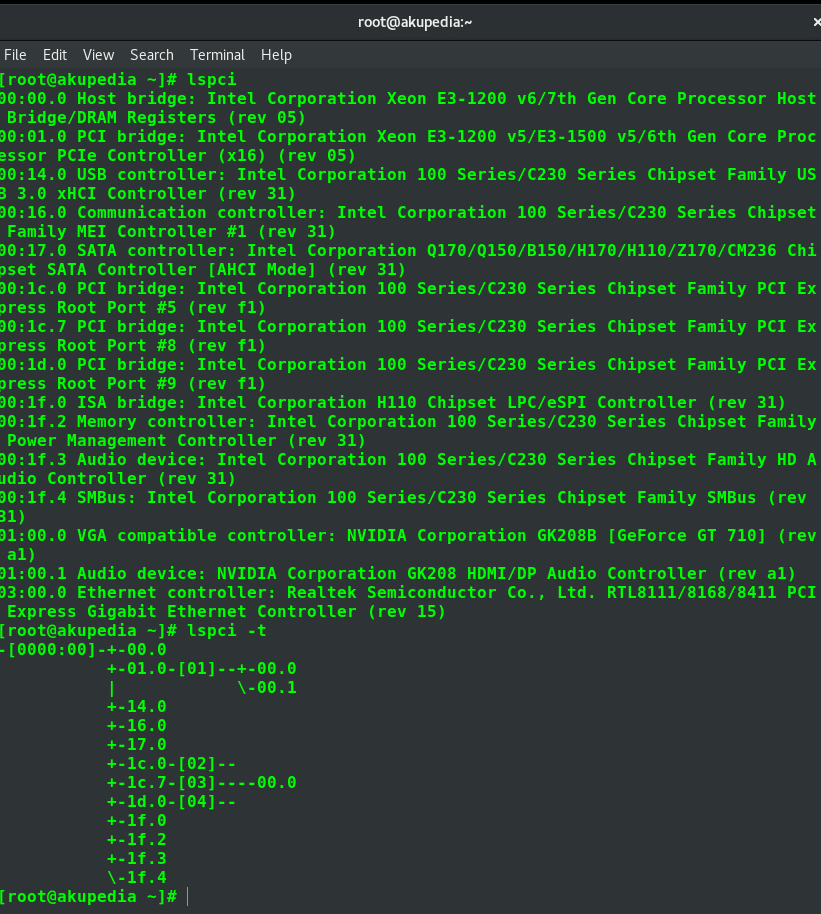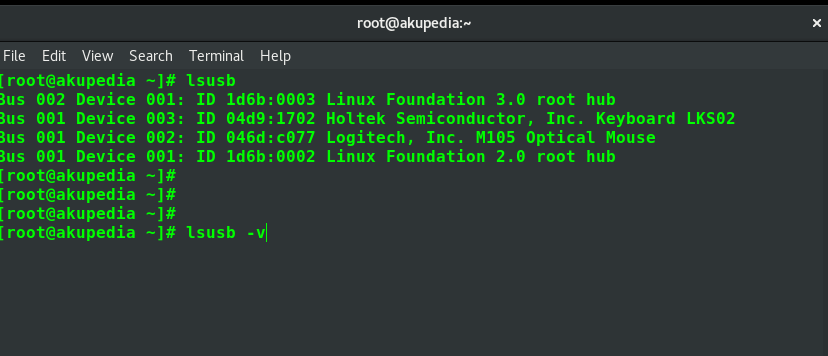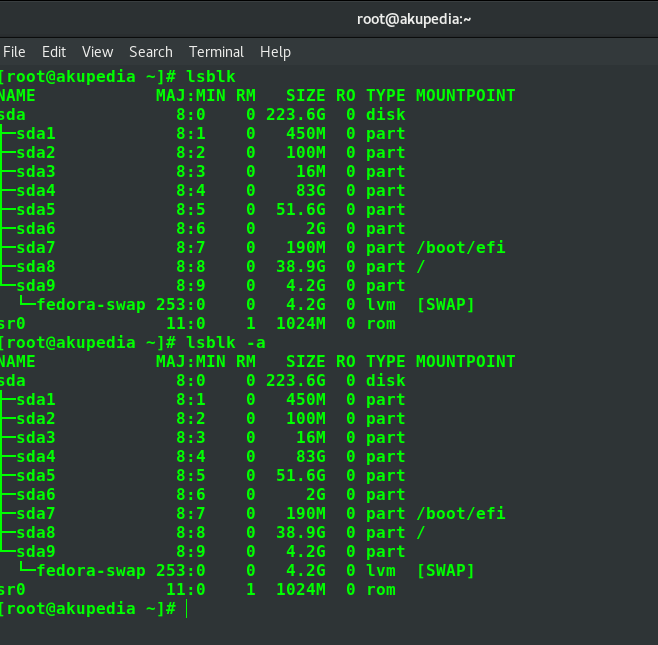Note:- All the commands mentioned below are executed as a root user. Hence use the super powers with utmost care. (cough !) and btw give this article a read as it’s similar to what we shall be digging inside the Linux terminal for system information etc.
- Dmidecode:- It’s nothing but DMI (some say SMBIOS) is a table to fetch data and displays useful system information like hardware details, serial numbers and BIOS versions, Processor etc. in a human readable format.
sudo dmidecode -t memory
 In order to print information of the system, run this
In order to print information of the system, run this
sudo dmidecode -t system
for BIOS, here
sudo dmidecode -t bios
for processor
sudo dmidecode -t processor
- Print Linux file system information:-
The most common and widely known command is here,
sudo fdisk -l
- Print info about SATA Devices
sudo hdparm /dev/sda1
and now to print the geometry in terms of sectors, cylinders, heads, size etc. just use the -g option.
sudo hdparm -g /dev/sda1
- How to print SCSI Devices information
just install the required package for concerned Linux distro like,
apt-get install lsscsi [For Ubuntu and Debian]
yum install lsscsi [For Red Hat based systems]
dnf install lsscsi [For Fedora 21 and above]
- Print PCI devices information
These devices include usb ports, graphic cards, network adapters etc.
lspci
- Print USB controllers information:-
lsusb
also you can use the -v option to generate a detail info of each USB device.
- How to collect Linux Block Device Information:-
these devices are storage devices like hard disks, flash drives etc.
lsblk
-a option can b used to view all block devices.
- View CPU information:-
lscpu
- View Linux System Hardware Information:-
lshw -short
And now finally we have the top command:-
top
 That’s it for now and incase you missed my related article about basic system information gathering command then read here.
That’s it for now and incase you missed my related article about basic system information gathering command then read here.
Hence these were the best 10 Commands to collect hardware and system information in Linux which i could curate as of now.










